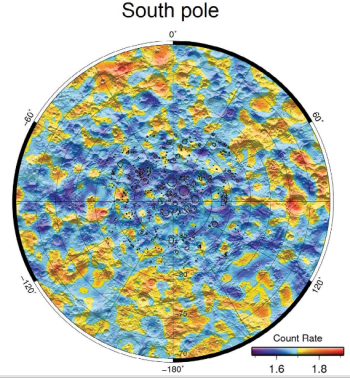Astronomers have videotaped the fly-by of a 23-foot-wide asteroid as it zipped past the Earth on May 29 at a distance of only about 12,000 miles.
Astronomers have videotaped the fly-by of a 23-foot-wide asteroid as it zipped past the Earth on May 29 at a distance of only about 12,000 miles. The video is below the fold.
» Read more
Astronomers have videotaped the fly-by of a 23-foot-wide asteroid as it zipped past the Earth on May 29 at a distance of only about 12,000 miles. The video is below the fold.
» Read more


